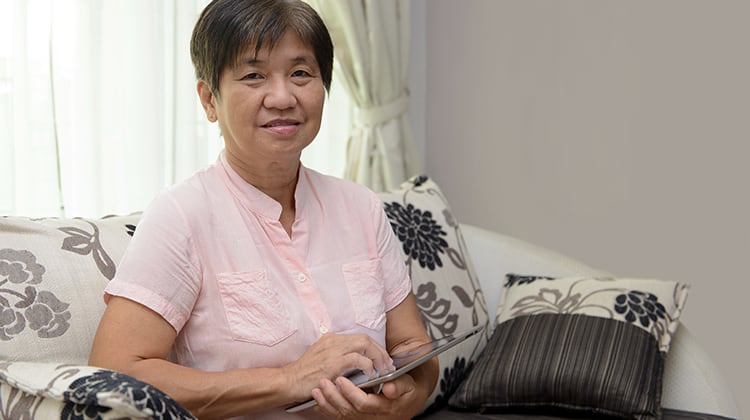The Importance of Patient Activation
Patient activation is a critical element in the concept of patient-centered care. An activated patient is one who is informed, empowered and engaged in one’s care. Because an activated patient is more motivated to take control of his/her health, this patient practices optimal health behaviors, makes better care decisions – resulting in better outcomes and lower health care costs vs. less activated patients.
The Patient Activation Measure (PAM) is recognized as a valid, highly reliable, scale that reflects a developmental model of activation. The PAM is used across the healthcare industry to determine the level at which a patient is activated in her own care. The scale was developed by examining patients’ ability to:
- Self-manage illness or problems
- Engage in activities that maintain functioning and reduce health declines
- Be involved in treatment and diagnostic choices
- Collaborate with providers
- Select providers and provider organizations based on performance or quality
- Navigate the health care system
For example, patients who are challenged with chronic conditions may lack the ability (and willingness) to manage aspects of their health and health care. This lack of activation by the patient can be correlated to the patient’s higher risk of rehospitalization, especially within the initial 30 days post-discharge.
The Role of HIPAA-Compliant Messaging and Video in Patient Activation
When caring for patients with chronic diseases, home health agencies are using Synzi to activate patients earlier in the episode of care and continue engaging the patients throughout the care delivery. Implementing Synzi’s virtual care communication platform is helping healthcare organizations better manage and engage patients with chronic conditions. Using Synzi’s technology, agency administrators can program HIPAA-compliant messages which remind patients of their daily medication regimen and provide diet/lifestyle suggestions. The platform also enables agency clinicians to conduct video-based virtual visits with the patients, helping to minimize clinicians’ drive time and maximize their available time to see more patients, more frequently.
The Impact of a Virtual Care Communication Platform
According to the PAM scale, optimal patient activation reflects one’s understanding and execution on the following factors:
- Believing the patient role in activation is important
- Having the confidence and knowledge necessary to take action
- Proactively taking action to maintain and improve one’s health
- Staying the course even under stress
Chronic condition management programs need to exhibit a multi-prong, integrated plan which helps patients adhere to the above factors. A virtual care communication platform is beneficial to home health agencies – and their referring physician or institution – who want to ensure that these patients’ knowledge, skills, and motivation of their treatment plan are optimized. By addressing a patient’s existing barriers to self-care, a home health agency can help move the patient from feeling disengaged and overwhelmed to becoming more aware, more enlightened, and more activated in one’s health.

